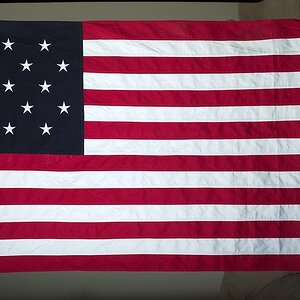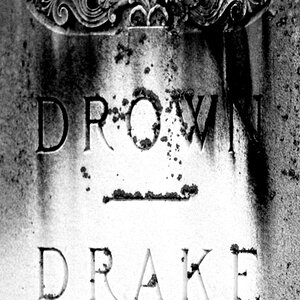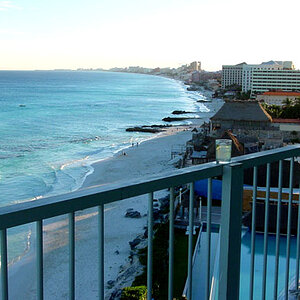Hello all, I want to print some of my photos out but have never done so before and know nothing about printing. I'm currently using a D7100 and edit RAW photos via Lightroom 5 and convert them to jpegs. I wish to print out the jpegs but have several questions.
1) I usually choose sRGB when I convert my RAWs to JPEGs, is that the correct setting?
2) I remember taking a photo class a few years ago and my prof told us to save our photos through Photoshop and change the resolution to 300, I don't remember why though. What resolution should I set it to,100?
3) My prof also told us something about when printing your shots to change your photos to CYMK rather than RGB, again don't remember the specifics, but is this correct? I hope my prints come out the same colors as how my Laptop displays them (currently have the Macbook Pro Retinal Display and Lenovo Yoga 2 Pro)
4) With the D7100 it allows me to get 24.3mp pictures (6000x4000); I plan to print maybe 8.5"x11" but also plan to print BIG prints. What would be a good maximum print size be with the D7100.
5) Any other tips or advice that I need to know when printing my shots? Is there a specific company that I should go to or camera store (live in WA state)?
Thanks!!
1) I usually choose sRGB when I convert my RAWs to JPEGs, is that the correct setting?
2) I remember taking a photo class a few years ago and my prof told us to save our photos through Photoshop and change the resolution to 300, I don't remember why though. What resolution should I set it to,100?
3) My prof also told us something about when printing your shots to change your photos to CYMK rather than RGB, again don't remember the specifics, but is this correct? I hope my prints come out the same colors as how my Laptop displays them (currently have the Macbook Pro Retinal Display and Lenovo Yoga 2 Pro)
4) With the D7100 it allows me to get 24.3mp pictures (6000x4000); I plan to print maybe 8.5"x11" but also plan to print BIG prints. What would be a good maximum print size be with the D7100.
5) Any other tips or advice that I need to know when printing my shots? Is there a specific company that I should go to or camera store (live in WA state)?
Thanks!!


![[No title]](/data/xfmg/thumbnail/35/35262-02f8eba4a2a92dbae0b55547bba80b4f.jpg?1619736968)


![[No title]](/data/xfmg/thumbnail/35/35265-c9ea3efd2c618a57ea136e63ad106880.jpg?1619736970)


![[No title]](/data/xfmg/thumbnail/41/41821-2e92de82ffc4cd2d520a8fa10fb8b6a5.jpg?1619739905)
![[No title]](/data/xfmg/thumbnail/40/40310-01bec1b9b7918522bf21a09cf75c5266.jpg?1619739414)

